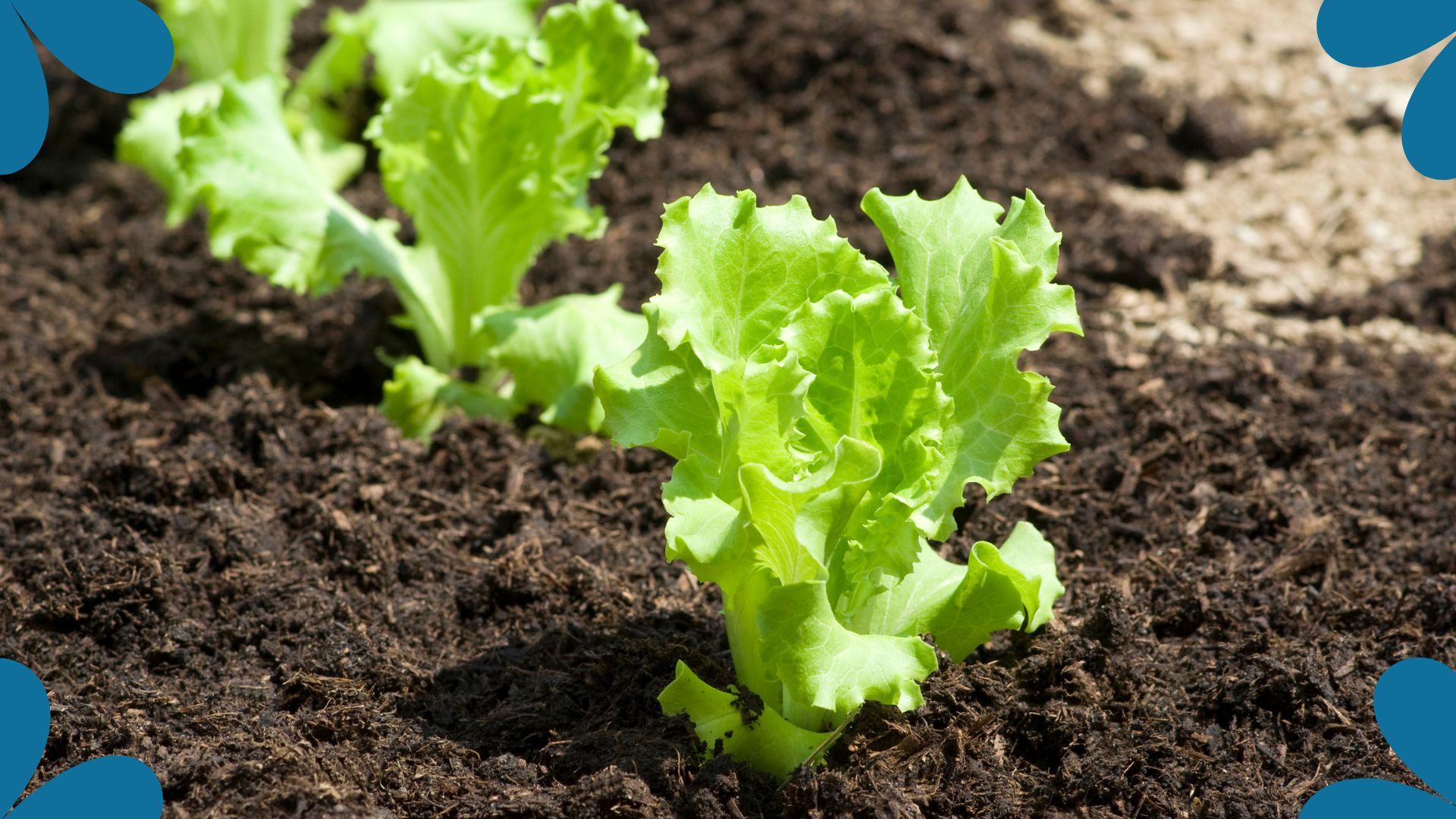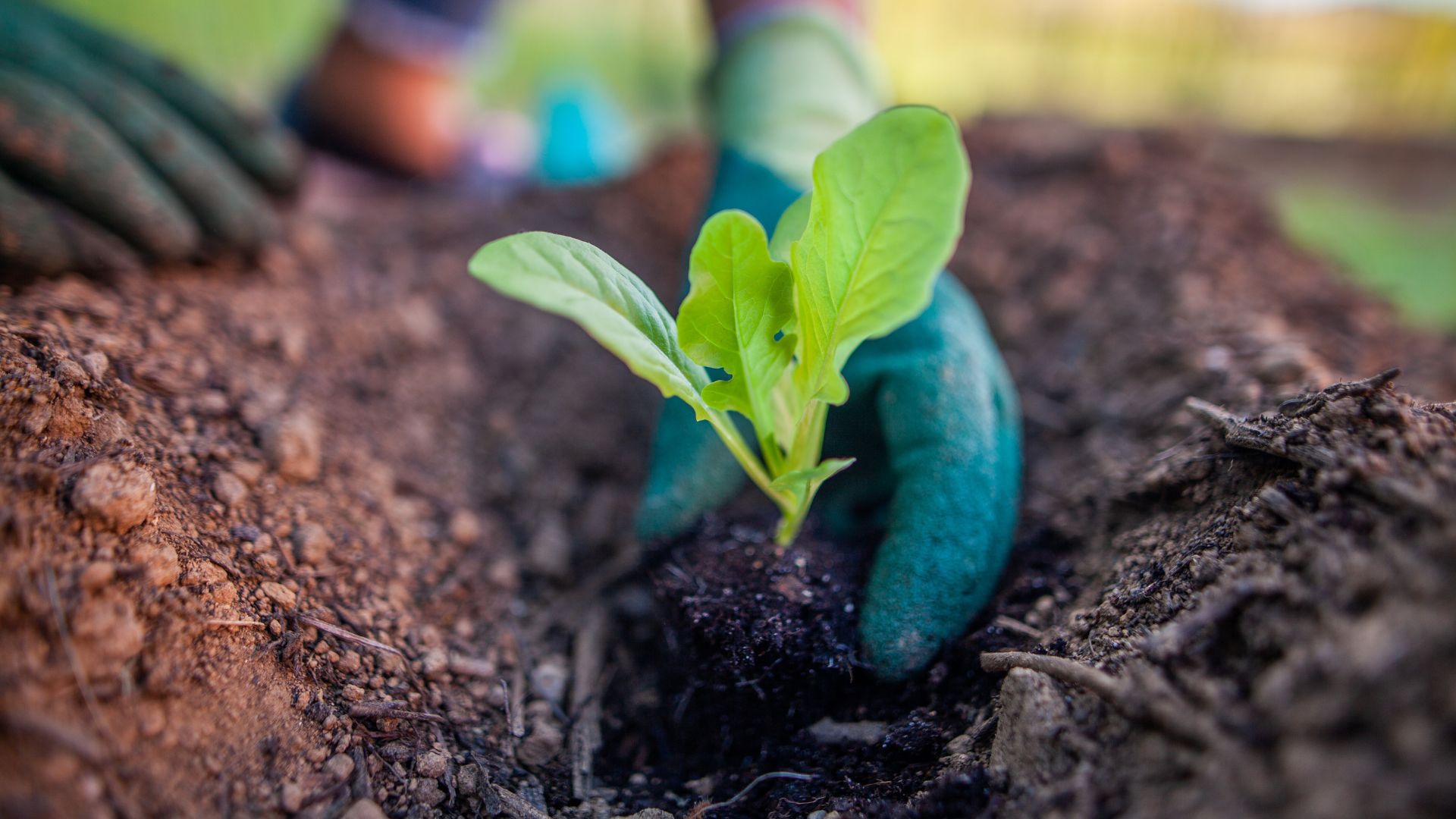
Vegetable gardening doesn't come without its challenges, so much so you might often ask yourself if it's all worth it. But when you find winning tips and tricks to help you through your veggie journey it can make all the difference. No matter how unique or odd...as this salad-growing gutter hack proves.
When it comes to sustainable garden ideas, utilising everything available in your garden no matter how questionable it may seem is a brilliant way of cutting costs and waste. This is why we were both excited and positively confused when we came across this salad-sowing hack from professional gardener Sarah Raven.
If you've started vegetable gardening for beginners, there's probably been a lack of roofing supplies present but that's all about to change thanks to this one thrifty expert.
Sarah Raven's surprising salad-growing gutter hack
Whilst we're all for finding ways to transform our gardens on a budget, there are some sustainable hacks we don't think we'd have ever thought of ourselves. Luckily, gardening professionals like Sarah Raven, share their masterful discoveries with us and this latest trick might be one of our favourites yet.
Sharing the advice via a recent reel on her Instagram @sarahravensgarden, Sarah reveals that gutter piping is the perfect vessel for sowing salad leaves.
"They make it really easy to plant out into the veg patch. You can also use an empty gutter to create your drill. It’s the perfect depth for your plants," she explains.
Simply fill the piece of gutter piping with compost and sow your salad leaves with around 2-3 inches between each seed. Allow the seeds to grow into seedlings, so much so that they have a strong individual root system and have begun sprouting multiple leaves. Then it's time to transfer the plants into a raised bed or vegetable patch.
Sarah says, "To transfer, there’s no need to lift the seedling out, just gently separate it and slide it into the ground. Super quick and easy and causes minimal disruption to the plant itself."
After you've planted all your seedlings, make sure to firm them up by bringing a little more soil around each of them and pressing it in firmly. Sarah adds that all that's left to do after that is to water the plants in well, label them and start resowing your empty gutter trays with more salad seeds for future harvests.

Resowing is a great way to try out succession planting as it allows you to enjoy several harvests instead of just one in the year. Sarah discusses how harvesting lettuces by 'picking around' the plant and just removing the outer leaves, will allow the plant to self-replenish and produce more leaves throughout the season.
Repeat harvests are truly the best way to get more out of your vegetable patch and ensure you're kitchen is stocked for months rather than just weeks. So, you can try the gutter trick several times as you continue to sow lettuce seeds and produce seedlings after seedlings.
Salad sowing essentials
When it comes to essential tools all gardeners need there are a few things that will allow you to work efficiently and seamlessly no matter what task it is you are completing. Here are some of our favourite tools to have on hand, whether we're sowing our lettuce or filling up gutter piping with soil.
RRP: £4 | These gloves are perfect for both harvesting your vegetables and sowing more seeds thanks to their grip, they're made from durable materials so they'll last year after year too.
RRP: £15.95 | This hand trowel really does it all, from cutting through root balls to using the fishtail tip to lift rooted weeds. There's even a twine-cutting notch that doubles up as a bottle opener, perfect for a mid-gardening beer.
RRP: £7.97 | If you're wanting to give the hack a go but don't have some spare guttering laying around, then you can pick some up from B&Q. The best thing is, you can reuse the pipe for years to come!
Once your lettuce plants are happily in the ground, you might want to try out Sarah's foolproof trick for keeping slugs and snails away. After all, you don't want to go through all that effort to find your precious salad plants have been nibbled by slimy pests.







